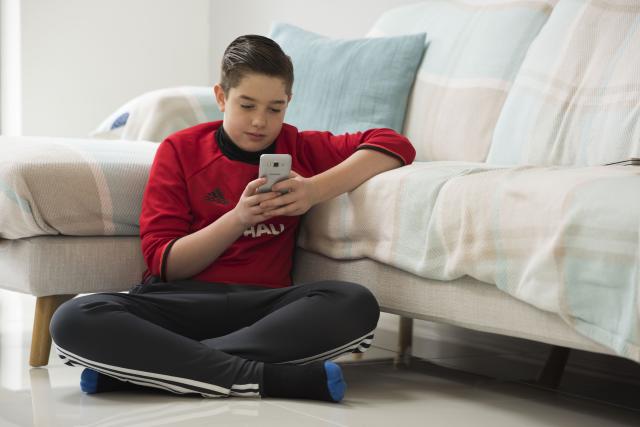
Child criminal exploitation “toolkit” brings services together to protect children in Wales
8 February
Research is helping to protect children from criminal exploitation by developing Wales-specific resources for practitioners, parents and young people.
Research by Dr Nina Maxwell, Joint Specialty Lead for Social Care at Health and Care Research Wales, involves speaking directly to young people themselves, allowing her to paint a more accurate picture of child criminal exploitation (CCE) in Wales. This has, at times, gone against public preconceptions.
Dr Maxwell, of Cardiff University's Cascade Research Centre, said:
There’s a message in the media that it’s mostly one cross section of society that is being criminally exploited, but I’ve spoken to young people from all walks of life who are targeted and groomed, and parents who just never thought it would happen to their children.
By establishing exactly what CCE looks like specifically in Wales, and how it has changed over time, Dr Maxwell’s work can help develop the most appropriate resources in response.
To begin with [CCE] was primarily a county lines model: young people from cities, often London, Manchester and Liverpool, being trafficked into Wales for various reasons, including the drugs market.
“However, we also have groups within Wales mimicking that model, trafficking young people across Wales. This is known as blurred lines. We also have more traditional drug-dealing linked to local families or local dealers.
The prevalence of CCE can be hard to pinpoint. It is by its very nature a “hidden” issue – and the model is constantly evolving. Dr Maxwell continued:
As services got better at identifying those youths being moved into more rural and coastal areas, those higher up the network started to exploit local young people instead. We’re [also] seeing more girls being criminally exploited by being asked to hold weapons or money or deal drugs, because the police are aware to look out for boys.
Relevant, up-to-date information is key to tackling CCE. Accordingly, the toolkit for practitioners includes definitions of types of CCE, sector-specific advice and guidelines for multi-agency working. There is also a website for parents, and two films written and filmed by and for young people are being produced, to show them what to look out for, and where to get more support.
Next, Dr Maxwell will be working with young people from two Local Authorities in Wales for up to two years, to develop “in-depth information about the warning signs and what we could be doing better, to give young people the right service at the right time.”